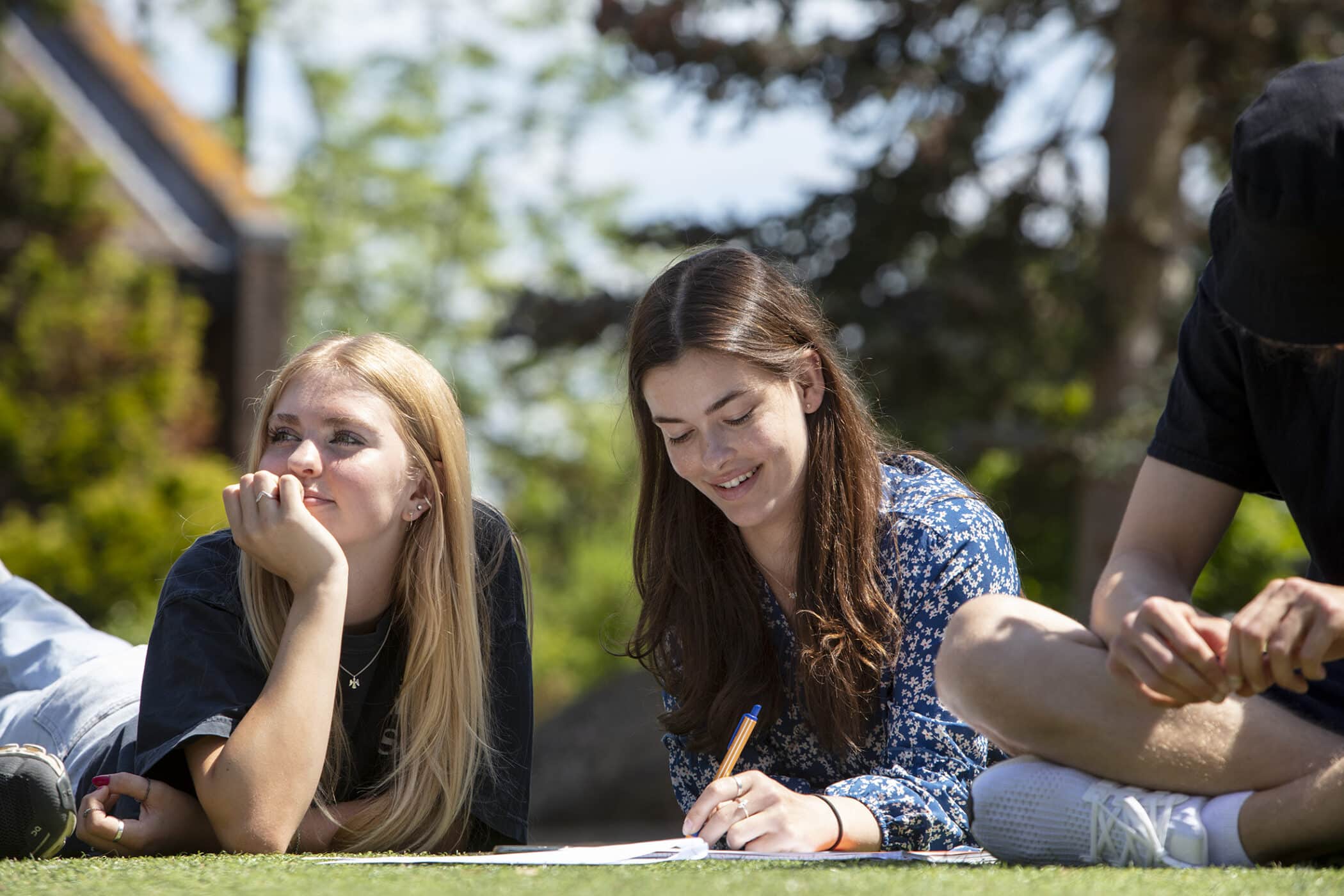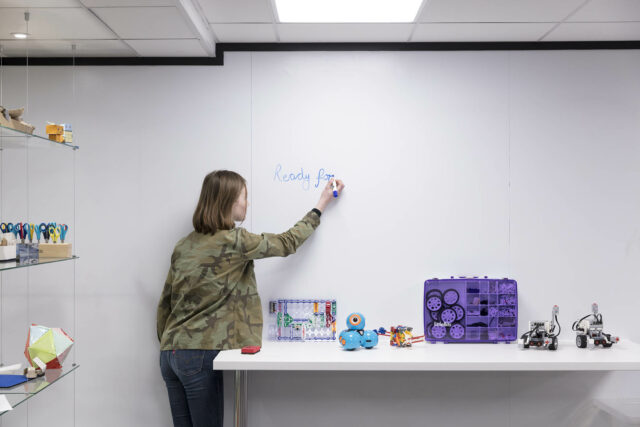01/05/2025
Empowering Educators to Design Meaningful Learning Experiences
Bring back the joy of teaching: let educators craft meaningful learning experiences
By Mark Wilson, Head of School at ACS International School Egham
Teaching is becoming an increasingly precarious profession. In 2023–2024, the UK missed 50 percent of its secondary teacher recruitment target. Of those who are already qualified, a staggering 44 percent plan to quit by 2027… Low pay, rising demands and a poor work/life balance are all commonly cited reason why teachers are ditching their chosen career, or not even applying. However, I believe many educators are also frustrated with spoon-feeding a static, uninspiring and overpacked curriculum that doesn’t challenge them or their students.
If we teach educators to be curriculum ‘designers’ instead of following regurgitated, pre-packaged syllabus, and enable them to craft authentic learning experiences for students, we can bring back the joy of teaching, while elevating learning. As I write this, I can only imagine how many teachers dreamed of ‘making a difference’, only to find themselves in an unimaginative and bureaucratic nightmare.
So how can we achieve this?
Foster Curriculum Design Through Concept Development and Student Collaboration
The first step starts with a focus on developing ideas, from concept to delivery, and is centred on collaboration. If we think about how a designer operates, they are nearly always collaborating with others to complete their project. This should be no different for an educator and their students. Part of this is communicating the ‘why’ in learning, which should extend far beyond preparing for tests. It should be about authenticity and connecting content to real-world applications and student relevance.
Teachers as designers recognise students as collaborators, valuing their insights and individual interests. Without this collaboration, we risk falling into biases – confirmation bias, recency bias, or assumptions based on personal experiences. Enabling students to have a voice in the process ensures a balance of perspectives and fosters genuine connections to the material.
Create Meaningful Learning Experiences That Engage and Inspire
Armed with student insight and collaboration, the next step in the design cycle focusing on creating experiences. Developing engaging lessons is a dynamic and creative challenge, and part of the reason why people turn to teaching in the first place. This is why creating experiences for students needs to be a central part of the teaching process, as without it, people lose the ‘joy of teaching’.
At ACS Egham, we use the Universal Design for Learning (UDL) framework to guide our lessons as it optimises learning by accommodating variability among students. Importantly, it still gives autonomy to teachers and allows them to craft meaningful experiences that are tailored to the needs of their students. It also encourages multiple means of engagement, representation, and action and expression, ensuring every learner has equitable access and opportunities for success.
Teachers who embrace UDL principles design classrooms that celebrate diversity and dismantle barriers, fostering flexible and inclusive environments. When UDL is matched to the International Baccalaureate (IB) frameworks, which still provide guidance and expectations yet leave the teacher free to design the learning journey, lesson planning becomes exciting and engaging again.
Boost Student Engagement Through Active, Adaptive Teaching
The final stage of the design cycle is where students engage in the learning experiences. During these lessons, teachers need to be free from the ‘front’ of the class. With students collaborating and actively engaged in the learning they have helped shape, the teacher is able to actively move around the classroom, listening, observing, assessing understanding in real-time, and adjusting and iterating the design as needed. This adaptive approach allows teachers to meet students where they are, harnessing growth and curiosity.
This entire educational process is made much easier within a curriculum framework, and, at ACS Egham, we use the IB. While the National Curriculum’s ready-made syllabus seeks to save time and reduce workload, it limits creativity and autonomy. How can a curriculum be engaging when it does not know the students in the class? Where is a teacher’s joy in a curriculum which is two-dimensional and prohibits student collaboration during the learning design phase? And how, without this, do teachers determine what and why we need to learn?
The distinction between a teacher as a designer of learning compared to a deliverer of knowledge is profound. The former transcends traditional boundaries, positioning learning as a collaborative, ever-evolving process. By embracing a designer’s mindset, educators can bring back the joy of teaching and create learning experiences that are not only effective, but transformative for students too.





